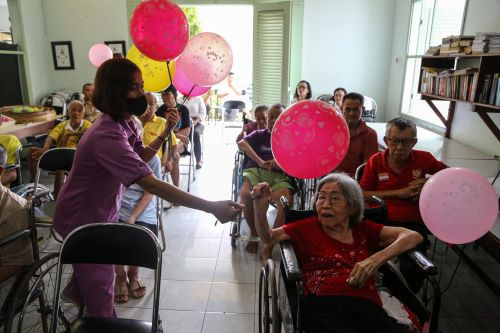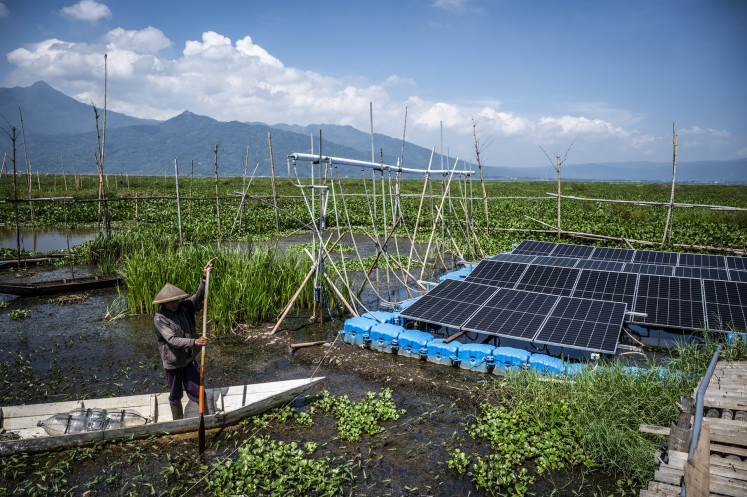Popular Reads
Top Results
Can't find what you're looking for?
View all search resultsPopular Reads
Top Results
Can't find what you're looking for?
View all search resultsDeveloping a compassionate, elderly-friendly city
Urban spaces must be intentionally designed to meet older adults' unique needs, creating safe, accessible and dignified environments rather than alienating or hazardous ones.
Change text size
Gift Premium Articles
to Anyone
T
he rapidly expanding aging population is one of the most significant demographic megatrends shaping our world. By 2030, the number of people aged 60 and over is projected to be 34 percent higher than in 2020. This global elderly population is expected to double by 2050, reaching 2.1 billion.
Notably, in 2020, for the first time ever, those 60 and above outnumbered children under five. This demographic shift, particularly rapid in developing countries, presents both global challenges and opportunities. However, despite this foreseeable change, most nations remain unprepared, especially in urban planning.
Our built environment is becoming increasingly urbanized and, unexpectedly, increasingly old, a combination few would have predicted just three decades ago. Yet, urban development often proceeds without fully considering a rapidly growing elderly population.
Most cities are designed for "younger" residents, overlooking that today’s youth will age. Simultaneously, younger population growth is stagnating, and even declining in some regions, as more people choose to delay or forgo having children. Meanwhile, the number of adults aged 65 and over continues to rise, a testament to successful development policies, particularly in health care, that have extended lifespans and reshaped demographics.
Currently, cities seem ill-equipped to handle the rise of an aging society. As urban populations expand, older adults are poised to become an increasingly significant, if not dominant, segment of city dwellers. Cities must, therefore, adapt to the evolving needs of this demographic.
Urban environments should accommodate older adults' basic physical and mental needs, fostering connections within communities. Aging often brings social isolation as friends and family may no longer be present, making opportunities for interaction and contribution even more essential.
Thus, urban spaces must be intentionally designed to meet older adults' unique needs, creating safe, accessible and dignified environments rather than alienating or hazardous ones.



















